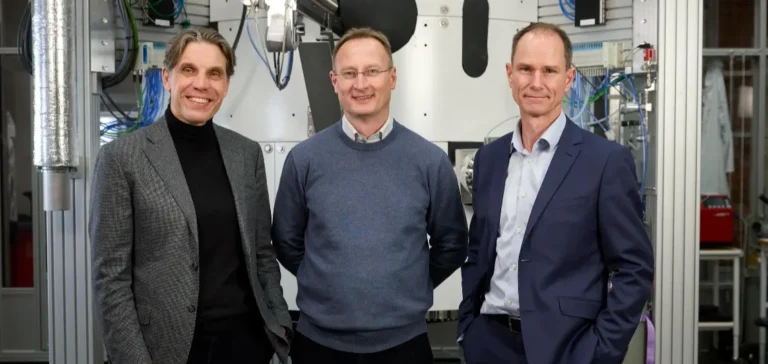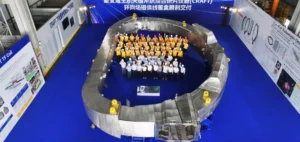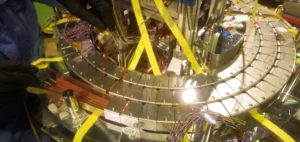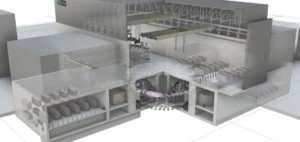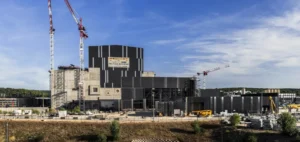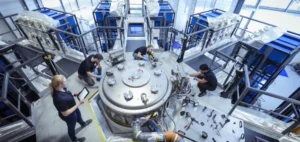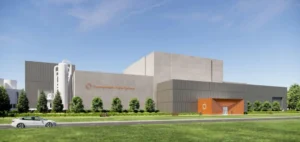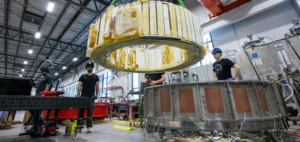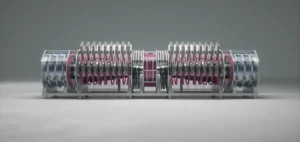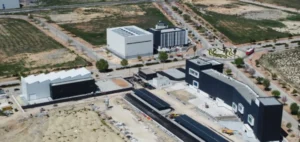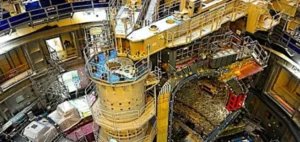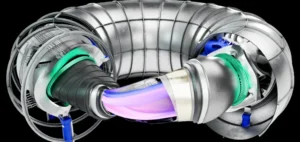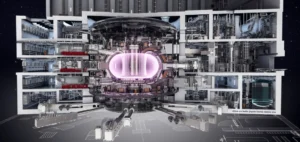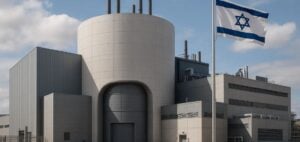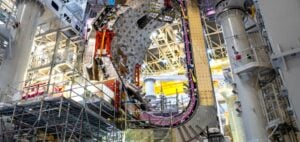Novatron Fusion Group, the only private fusion energy company in the Nordic region, plans to build a pilot fusion reactor in the 2030s. To support this effort, the group commissioned the VTT Technical Research Centre of Finland to evaluate the most suitable locations across Finland, Sweden, Norway and Denmark.
Finland ahead in regulatory readiness
The study concludes that all the Nordic countries assessed meet the technical criteria for hosting such infrastructure, but Finland stands out due to its regulatory preparedness. The country is currently revising its Nuclear Energy Act, a reform set to take effect in 2027, aimed at streamlining the licensing process for pilot fusion projects. Sweden follows closely with nuclear legislation that includes fusion reactors, although the requirements remain primarily fission-focused.
Denmark and Norway operate under older nuclear laws that do not specifically address fusion, creating political and administrative uncertainty. The findings were presented at the Nordic Fusion Forum in Espoo, Finland, where government and industry representatives welcomed the regional outlook.
Three key industrial corridors identified
VTT identified three areas as particularly suitable for hosting a fusion reactor: the Helsinki metropolitan region, the corridor between Stockholm and Nyköping, and the Copenhagen-Malmö axis. These zones offer direct access to ports, heavy-load transport infrastructure, and proximity to research hubs, facilitating operational conditions and scientific partnerships.
In addition to these main hubs, the study outlines around ten other areas of interest spread across the four countries assessed. A more detailed site-specific analysis phase will be launched in collaboration with industrial and institutional stakeholders.
Towards structured regional cooperation around fusion
Peter Roos, Chief Executive Officer of Novatron Fusion Group, stated that cross-border cooperation and legislative reforms will be critical to building a regional fusion ecosystem. The planned reactor is based on a magnetic mirror fusion concept, a technology NFG aims to make commercially viable.
The report notes that countries with a dedicated fusion strategy and distinct regulatory frameworks for fission and fusion are more attractive to investors. Markus Airila, Research Team Leader at VTT, said pilot projects could start sooner than expected if authorities and industry maintain close collaboration.
In 2025, energy company St1 invested EUR13mn ($13.74mn) in Novatron Fusion Group to support its development.


